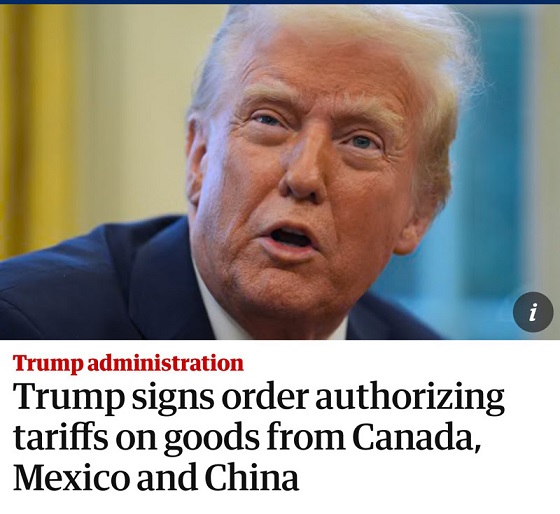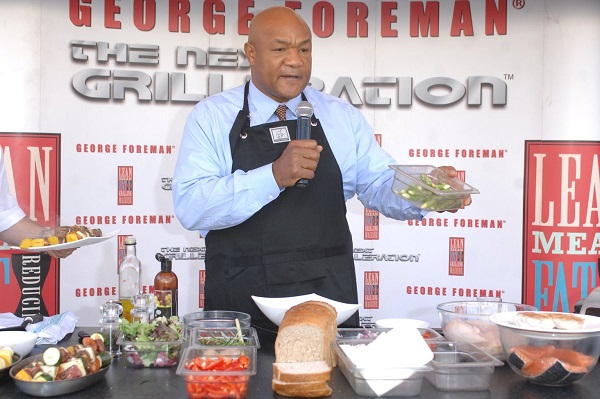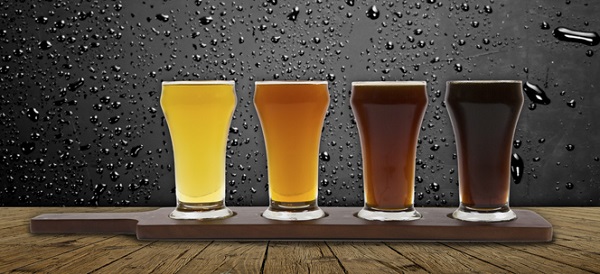Also Interesting
How Meest Canada Offers to Send Money to Ukraine: Is It Right for You?

Sending money to Ukraine from Canada can feel overwhelming with all the tempting offers. But don’t worry — Meest Canada is here to make it all more uncomplicated for you. Whether you love the flexibility and ease of at-home delivery or the reliability of transmitting cash to a bank branch, Meest Canada covers you. We understand the importance of supporting your loved ones, especially when they’re far away. Let’s explore Meest Canada’s methods and see which suits you best.
Send Money to Ukraine to a Bank Branch
Banks are all about reliability and guarantees. Want a cheap money transfer to Ukraine? Worried about getting scammed? With a banking facility in every city, you can walk in, ask questions, and trust them completely. We at Meest trust good banks, too, so we’ve chosen Aval and PrivatBank for reliable transactions.
What’s the procedure? Contact the Meest agent, spend a few minutes filling out the receiver’s details, and hand over the cash. Contact the Meest agent, you will need to spend a few minutes filling out the receiver’s details, and hand over the cash. Once that’s done, the recipient can pick up the funds at the bank branch the next day.
Why Choose This Method?
- Speed: Modern bank transfers are lightning fast. Your funds will be on their way in no time — usually within a day.
- Security: Bank transactions are generally very secure.
- Ease for the Receiver: This is especially useful if the receiver frequently visits the bank or prefers to collect money in person.
- No need to be a bank customer: You can quickly get a bank card or stick to the usual and pick up cash at the counter.
Send Money to Ukraine to the Doorstep
If a person expecting money can’t get to the bank quickly or prefers the practicality of at-home delivery, we offer to send money to Ukraine directly to their doorstep. With Meest Canada, you can deliver the cash straight to their home in Ukraine. This variant is great for those with mobility issues or who live far from bank branches.
Why Choose This Method?
- Convenience: Cash will arrive at the specified address at the scheduled time, saving them a trip to the bank.
- Comfort: Ideal for recipients who prefer the comfort of their home or have difficulty traveling.
- Flexibility: Check out the option to choose either dollars or the local currency and avoid the hassle of converting money.
- Safety: Reduces the risk of carrying large amounts of cash from the bank to home.
From what we’ve seen, this delivery option is pretty popular and works great for anyone who wants to support Ukrainians financially while ensuring the recipient’s comfort.
Comparing Costs: Bank Branch Transfers vs. Doorstep Delivery to Ukraine
Are you considering transferring money to Ukraine from Canada with Meest and are curious about the costs? Here’s the scoop: door-to-door delivery will cost more because, let’s face it, convenience comes at a price. The fees can change based on where you deliver cash in Ukraine (specific region) and the sum size. It might not be the cheapest option, but it’s worth it if you want to skip the hassle of a bank visit and have the cash at your recipient’s doorstep.
Looking for the cheapest way to send money from Canada to Ukraine? Check out the price table on our Money Transfer page. We keep it updated regularly to help you find the best deal. Prices start at $6 for smaller amounts and go up to $22 for anything over $1000. Remember, transfers over $1000 and courier delivery have fees. It’s up to you, but we guarantee a secure and quick arrival of your funds.
Why Choose Meest Canada for Cash Transfers
Meest Canada is all about top-notch service, so you don’t have to worry about where your money’s going or if your addressee on the other side of the world will be waiting forever. Whether you pick bank branch transfers or doorstep delivery, we offer great rates and incredible customer support. With years of experience in international transfers, we know how meaningful it is to support your brothers, sisters, and parents, especially during tough times like these for Ukrainians. Our flexible options make forwarding funds easy and hassle-free. Handling money transfers is a big responsibility; we’re here to take care of it for you.
Also Interesting
The bizarre story of Taro Tsujimoto

The National Hockey League (NHL) has seen its fair share of strange moments, but few compare to the bizarre and hilarious tale of Taro Tsujimoto, a player who never existed. His “selection” in the 1974 NHL Draft remains one of the most legendary pranks in hockey history. If you want to wager on actual players, making the 1xBet app download is definitely a great idea.
In the 1970s, the NHL Draft was a much less glamorous event than today. It was a tedious process conducted over the phone, with teams calling in their picks. The 3 biggest highlights of what happened during that year’s draft were:
- the draft dragged on for hours;
- there were multiple rounds and teams selecting unknown prospects from obscure leagues;
- frustrated with the monotony, Buffalo Sabres general manager Punch Imlach decided to have a little fun.
As the 11th round approached, Imlach instructed his team’s representative to draft Taro Tsujimoto, a supposed forward from the Tokyo Katanas of the Japan Ice Hockey League. The name sounded authentic enough. The league officials, unfamiliar with Japanese hockey, accepted the pick without question. By downloading the 1xBet app you will also be able to wager on great NHL teams too.
A small problem
There was a small problem with all of this, as 2 things didn’t exist: Tsujimoto and the Tokyo Katanas. Imlach had completely fabricated the player as a joke, taking advantage of the NHL’s lack of verification. When it comes to NHL wagers, there is no better platform than the 1xBet Canada site.
For weeks, the league listed Tsujimoto as an official draft pick, and even some newspapers reported on Buffalo’s mysterious new Japanese prospect. Eventually, the Sabres admitted the hoax, and the NHL was forced to retroactively erase the selection from its records.
Despite being a fictional player, Taro Tsujimoto took on a life of his own. Buffalo Sabres fans embraced the prank, and over the years, his name has become a cult legend in hockey culture. Some fans even wore jerseys with “Tsujimoto” on the back. The joke persisted so much that when EA Sports released NHL video games, players could occasionally find Tsujimoto in the game’s draft pool as a hidden Easter egg.
More than just a prank, the story of Taro Tsujimoto highlights 2 things: the quirks of old-school sports management and the creativity of one of hockey’s most colorful executives. Today, with the draft process being highly scrutinized and broadcast live, such a prank would be impossible. But Tsujimoto’s legacy lives on as one of hockey’s greatest inside jokes. What is not a joke are the great rewards that a platform like the Canadian 1xBet site can give you.
Also Interesting
60% of Canadians gamble each month – why the industry is going from strength to strength

When it comes to regulating gambling, Canada has a somewhat relaxed approach. The Canadian Gaming Association oversees the industry, but it’s up to individual provinces to enact and enforce any laws relating to online casino gaming, sports betting, traditional casino gaming, and other forms of gambling.
Canada’s online casino gaming laws are not totally clear, but individual provinces are starting to put this right. Ontario was the first and did so when it launched its own regulated igaming market in April 2022. Now some other provinces have followed suit, creating a safer igaming environment for players in those provinces. Below is a look at gambling in Canada compared to other parts of the world, at gaming laws in Alberta compared to other provinces, and at the future of the Canadian, US, and UK gambling industries.
Canada: a forever love of gambling
Gambling in some form or other has always been popular in Canada. Way back in the 1990s, research found six in ten Canadians (60%) gambled every month. Additionally, four in ten (43%) spent between 1 and 20 Canadian dollars on gambling. Fast forward to today and the Canadian gambling market is worth 14.2 billion US dollars as of January 2024, according to data on the website of consumer and market data company Statista.
It seems Canada enjoys wagering just as much as two other countries that love a gamble: the US and the UK. Data on the Statista website shows that 49% of US adults took part in gambling activities in 2023. Fifty-six percent said their attitude towards gambling had relaxed, compared to the 50% of 2019.
The UK returned similar stats for the same year. Forty-eight percent of adults reported engaging in gambling activity. Online casinos generated the most gross gambling yield in 2023, but it was the nation’s National Lottery that people played the most.

Alberta: following Ontario’s lead
The regulatory developments in Ontario have triggered movement in Alberta. In May 2024, Bill 16, the Red Tape Reduction Amendment Act, made it through the process and later received Royal Assent to become law. The act removes the monopoly of gaming by a single government entity and will allow private operators, licensed by Alberta’s provincial regulator, to provide online gaming services in Alberta, meaning players will have a choice of more than one Alberta online casino to play at.
The regulation transforms Alberta into one of the more liberal provinces when it comes to online gambling, others being Quebec, Ontario, and British Columbia.
Several provinces, such as Novia Scotia and Northwest Territories, have no provincially regulated online gaming sites. Some also restrict betting on horse racing and/or other types of sports betting, obliging citizens to use international betting sites for freedom from caps and betting on as many events as they wish.

What lies ahead for the Canadian, US, and UK gambling industries?
Canada’s appetite for gambling is clear, and the industry’s online sector is beginning to thrive. Ontario has enjoyed vast success by creating its own regulated market, one which, in just its first year, saw Canadians place billions in wagers and the industry itself generate more than a billion in total gaming revenue.
Canada can expect to see other provinces follow Ontario’s lead and allow private operators to provide services in the province under license. The purpose of the regulation is player protection. Any province that develops a regulated market will focus on this, so there will also be regulations around the advertising of gambling services.
The US
Gambling online is the future for the US, too, although states are slow to legalize it. As of September 2024, 38 states had legalized sports betting, following the US Supreme Court’s ruling that states could regulate sports gambling directly.
Despite allowing sports betting, some states only permit in-person betting, and only a few states allow online casino gaming. Operators believe online casino gaming is the future of gambling.
The UK
In the UK, the use of artificial intelligence (AI) will get bigger and bigger. Companies have realized AI can enhance players’ experience and are embracing it more and more. For instance, sports betting websites can use it to crunch data and provide iGamers with stats and other data to make better betting decisions. They’re also understanding they can use AI to prioritize content players are likely to be interested in and to personalize their offerings and services to players’ preferences.
Canada enjoys gambling as much as America and the UK. Although laws around igaming are more of a grey area in Canada, some provinces are clearing the issue up by creating regulated markets and experiencing great success. As time goes by, more are sure to follow.
-

 Business1 day ago
Business1 day ago28 energy leaders call for eliminating ALL energy subsidies—even ones they benefit from
-

 2025 Federal Election1 day ago
2025 Federal Election1 day agoCarney’s Cap on Alberta Energy Costing Canada Billions
-

 Business1 day ago
Business1 day agoTrump Tariffs are not going away. Canada needs to adapt or face the consequences
-

 Economy21 hours ago
Economy21 hours agoSupport For National Pipelines And LNG Projects Gain Momentum, Even In Quebec
-

 Health1 day ago
Health1 day agoDr. Pierre Kory Exposes the Truth About the Texas ‘Measles Death’ Hoax
-

 Economy22 hours ago
Economy22 hours agoSolar and Wind Power Are Expensive
-

 Bruce Dowbiggin1 day ago
Bruce Dowbiggin1 day agoFrom Heel To Hero: George Foreman’s Uniquely American Story
-

 Business24 hours ago
Business24 hours agoAll party leaders must oppose April 1 alcohol tax hike

